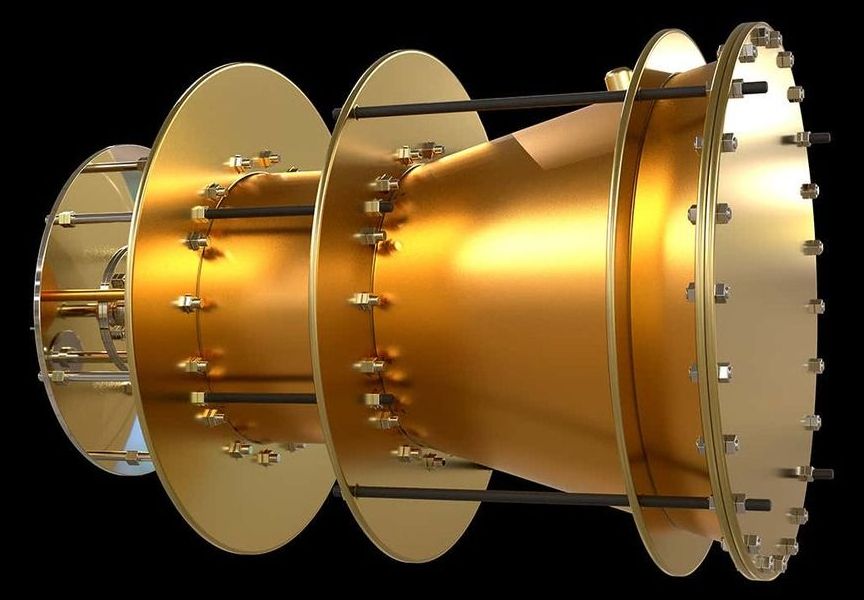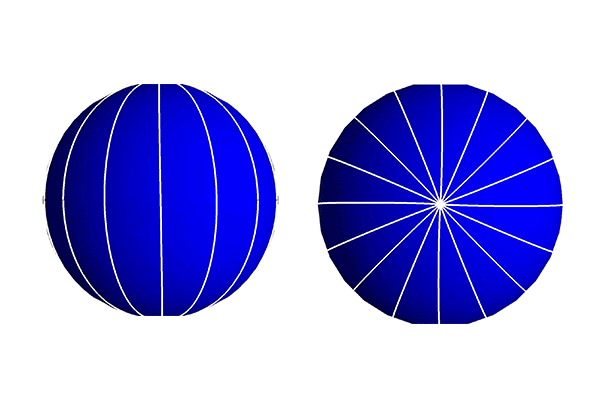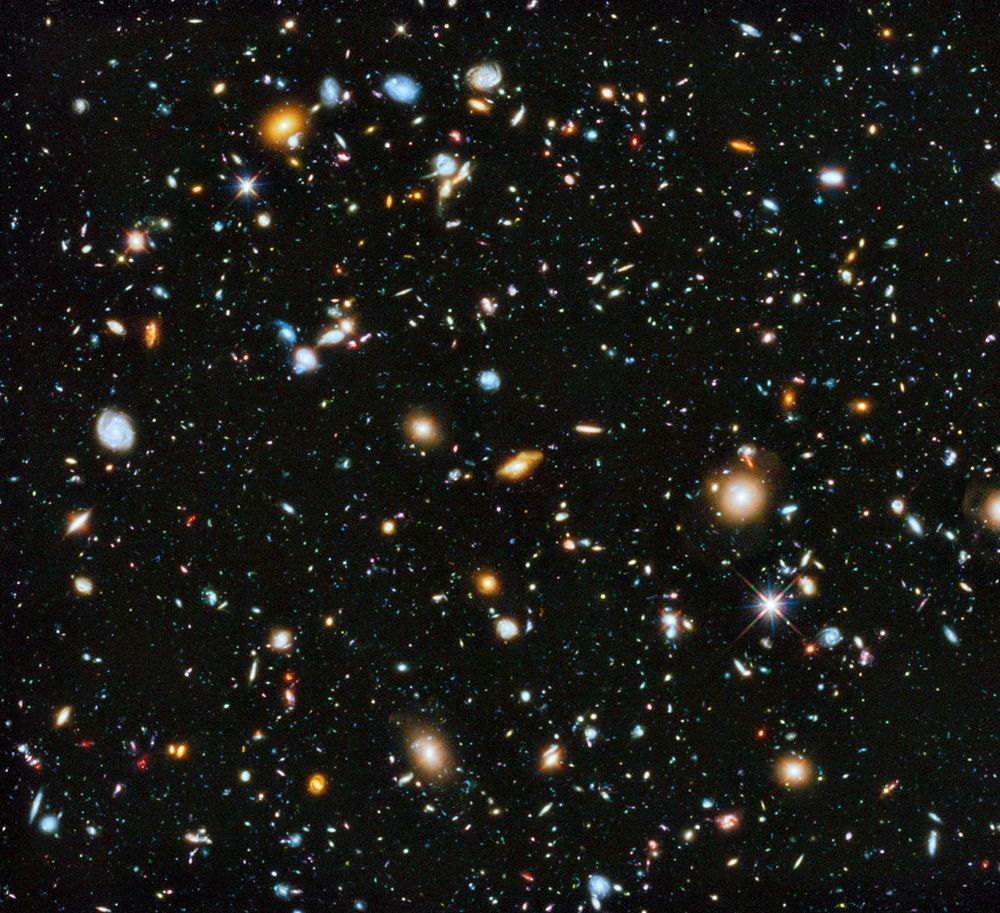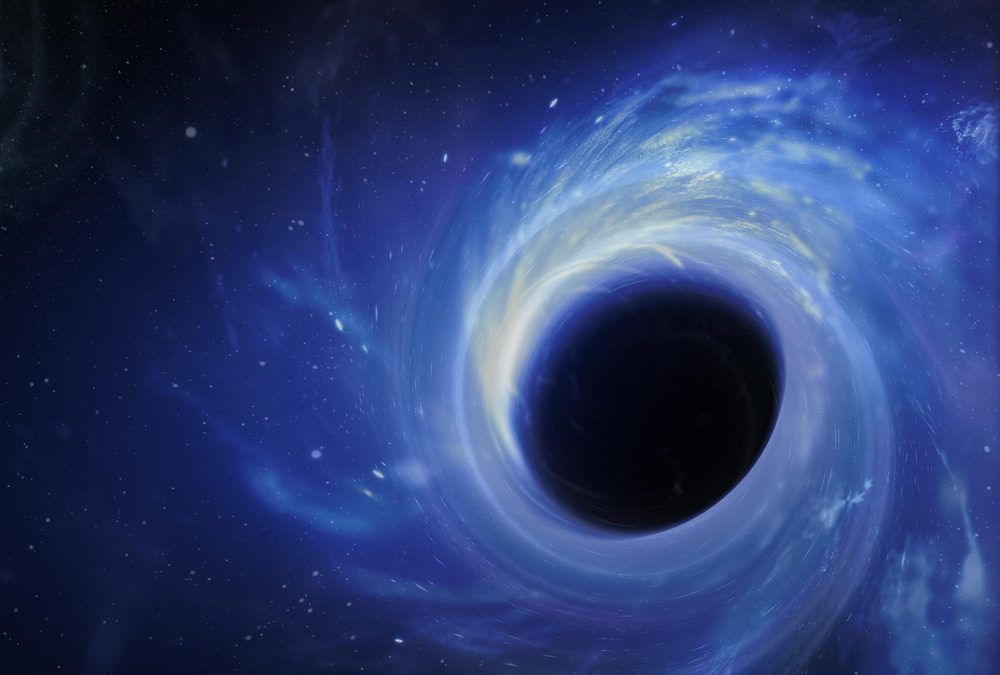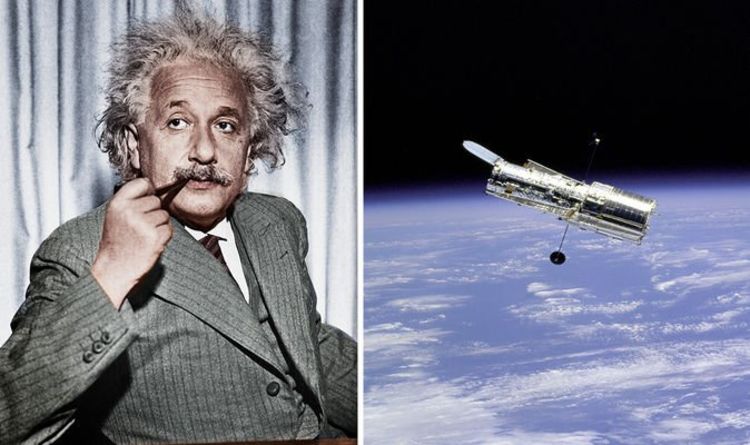Oct 11, 2019
NASA engineer’s ‘helical engine’ may violate the laws of physics
Posted by Tracy R. Atkins in categories: energy, physics
“It would also need to be big – some 200 metres long and 12 metres in diameter – and powerful, requiring 165 megawatts of power to generate just 1 newton of thrust, which is about the same force you use to type on a keyboard. For that reason, the engine would only be able to reach meaningful speeds in the frictionless environment of space. “The engine itself would be able to get to 99 per cent the speed of light if you had enough time and power,” says Burns.”
A NASA engineer has published plans for an engine that could accelerate a rocket without using propellant. But there are questions over whether it could work.
